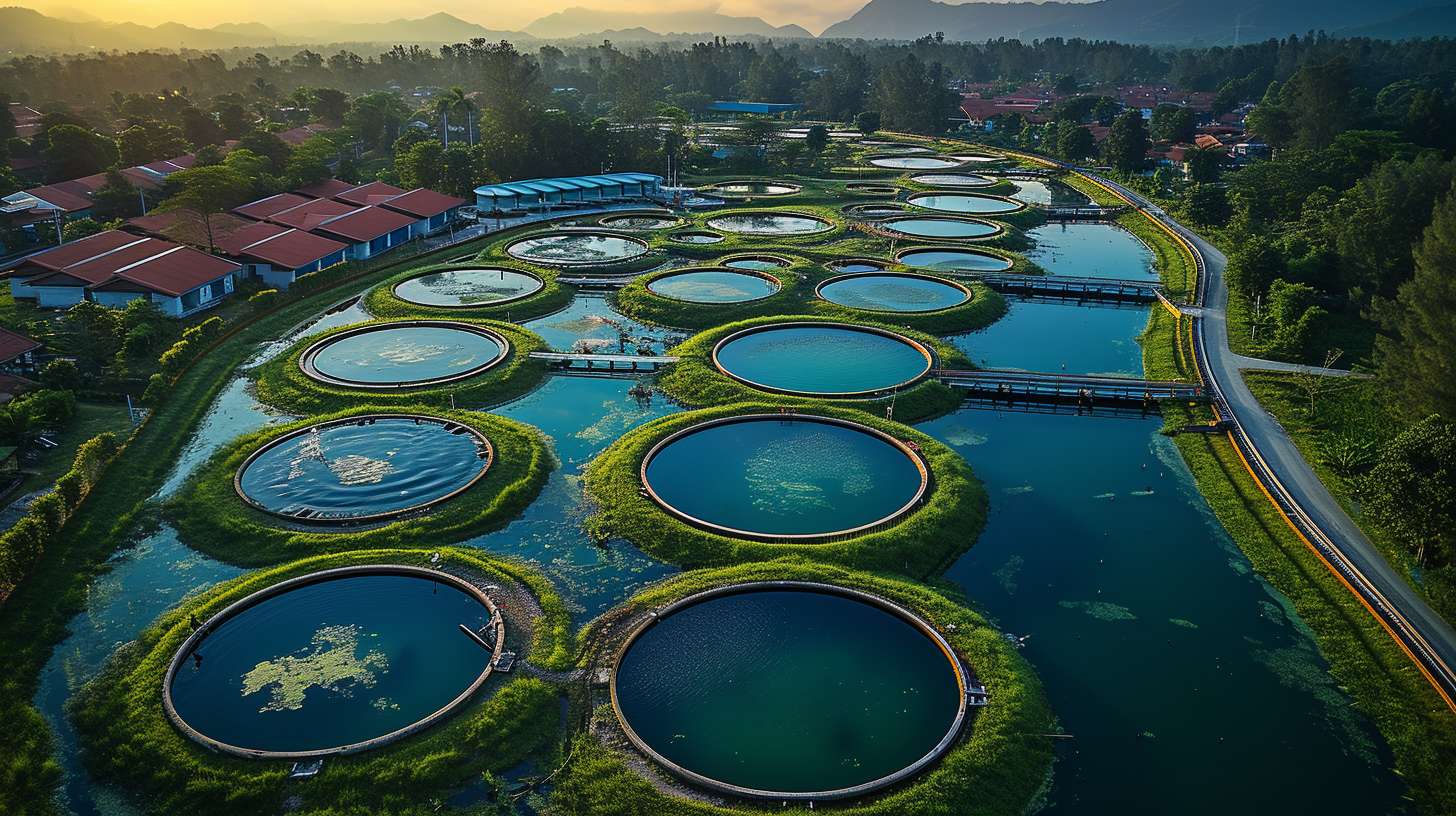Key points
• Environmental Impact: On-site wastewater treatment systems reduce the pollution of surface water and groundwater by treating wastewater at its source, minimizing the release of pathogens, nutrients, and chemicals into the environment.
• Cost-Effectiveness: These systems can be more cost-effective than centralized sewage treatment, particularly in rural or low-density areas, as they eliminate the need for extensive sewer infrastructure and reduce transportation and treatment costs at distant facilities.
• System Varieties: On-site wastewater treatment includes various types of systems, such as septic tanks, aerobic treatment units, and constructed wetlands, each designed to meet specific site conditions, regulatory requirements, and levels of treatment needed.
Contents
- 1 Key points
- 2 Explanation of On-Site Wastewater Treatment
- 3 Distinction from Centralized Treatment Systems
- 4 Advanced Treatment Systems
- 5 Septic Tanks: Solids Settling and Anaerobic Digestion
- 6 Soil Absorption Systems: Effluent Infiltration and Treatment
- 7 Additional Components: Filters, Aerobic Treatment Units, and Disinfection
- 8 Site Evaluation: Soil Characteristics and Percolation Tests
- 9 Hydraulic Loading Rates and System Sizing
- 10 Regulatory and Environmental Constraints
- 11 Sedimentation and Flotation in Septic Tanks
- 12 Filtration through Soil and Media Filters
- 13 Anaerobic Digestion in Septic Tanks
- 14 Aerobic Treatment in Advanced Systems
- 15 Nutrient Removal Capabilities and Limitations
- 16 Disinfection Methods (Chlorination, UV)
- 17 Chemical Precipitation and pH Adjustment
- 18 Septic Tank Pumping and Inspection
- 19 Monitoring of Advanced Treatment Systems
- 20 Hydraulic Overload and System Failures
- 21 Biomass and Sludge Accumulation
- 22 Effluent Quality and Disposal Issues
- 23 Best Practices for Ensuring System Longevity
- 24 Performance Monitoring and Improvement Strategies
- 25 Permitting and Design Standards
- 26 Pathogen Reduction and Safe Reuse
- 27 Impact on Groundwater and Surface Water Quality
- 28 Challenges and Solutions in On-Site Treatment
- 29 Frequently Asked Questions (FAQ)
Explanation of On-Site Wastewater Treatment
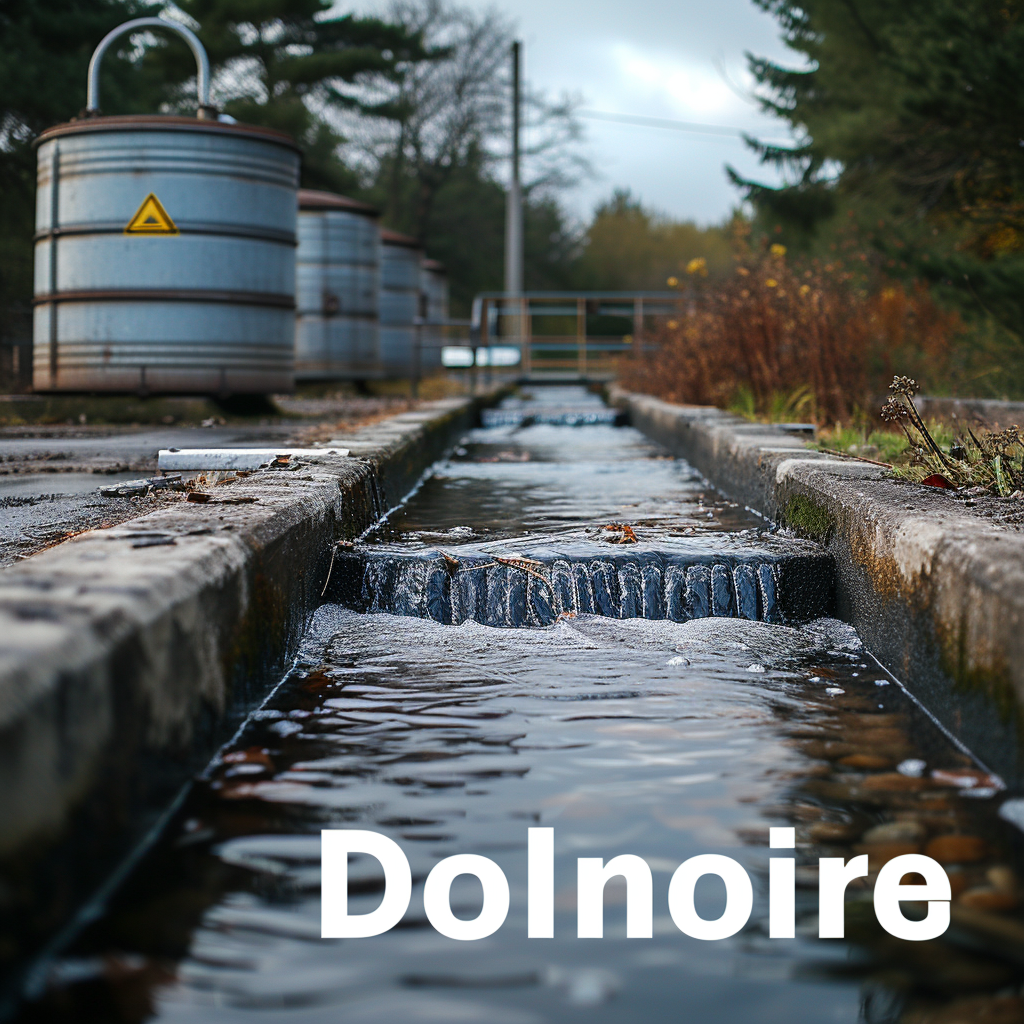
So, how does this all work? At the heart of on-site wastewater treatment is the goal to protect public health and prevent water pollution without hitching a ride to a central facility. Water from household uses, be it baths, sinks or washers, makes a beeline straight into a septic tank or similar collection point.
Here’s where the solids get cozy, settling at the bottom or floating to the top as scum, while the remaining water – now somewhat cleaner – gets discharged through further treatment components or drained away into a leach field.
This secondary stage gives Mother Nature a chance to step in with soil-based treatment before this once-used water becomes part of the groundwater or surface waters again.
Distinction from Centralized Treatment Systems
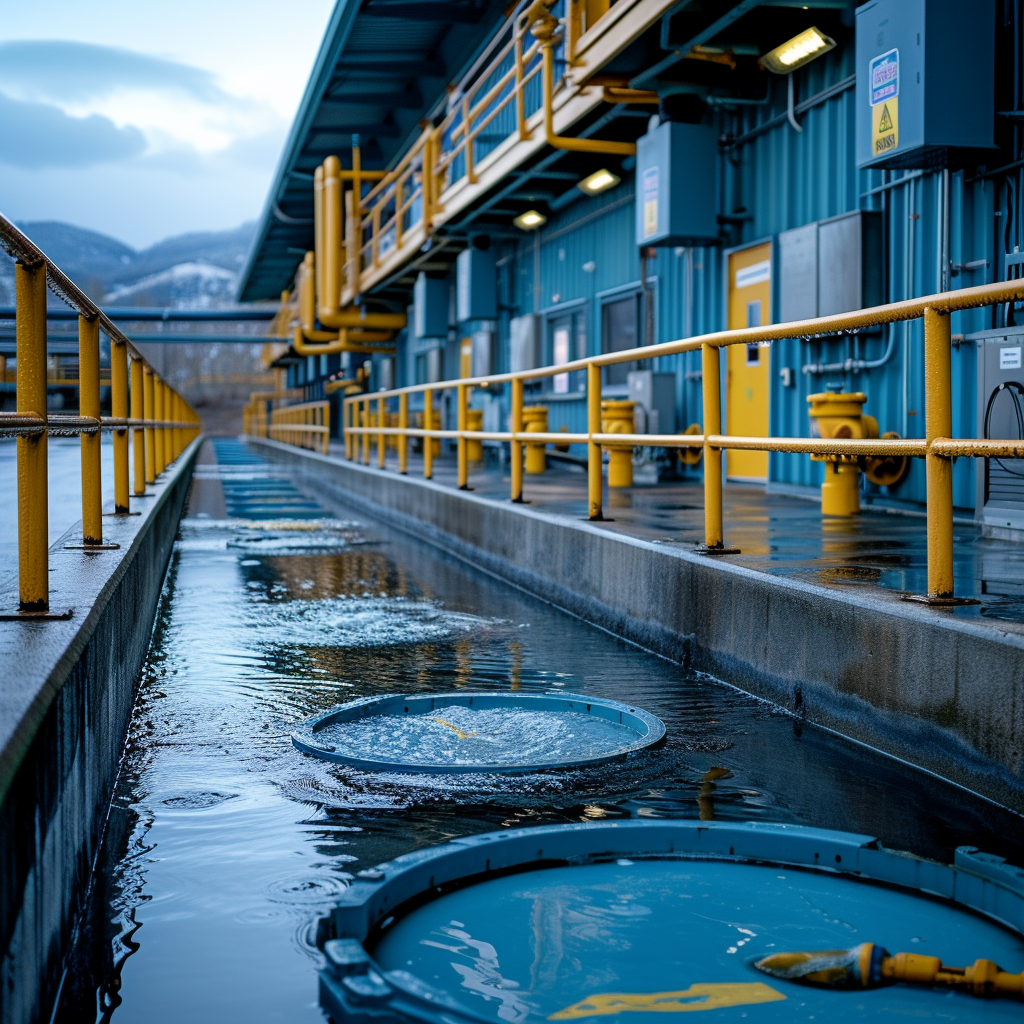
To draw a line between on-site and centralized systems is not just about scale but context too. Your typical centralized gig involves pipelines galore, transporting wastewater across neighborhoods to big-league plants where engineers play host with complex, large-scale processes. But on-site systems?
They’re more low-key – handling lesser volumes in relative solitude. It’s like comparing an intimate gathering to a block party; both have their perks, depending on your taste (and zoning laws).
Yet despite these differences in crowd size and location logistics, both systems share the same triple-threat ambition: removing solids, diminishing pollutant levels, and dispatching liquid waste in ways that won’t ruffle Mother Nature’s feathers.
All in all, whilst they might fly solo rather than roll deep like their centralized cousins, on-site wastewater treatment units fill an essential role for off-the-grid living and areas where laying pipe would be overkill – financially or geographically speaking.
Each system type has its place under the sun. After all, at day’s end – whether trickling through backyard soils or traversing high-tech filters – it boils down to keeping our waters clean enough for another round.
When it comes to managing wastewater, On-Site Wastewater Treatment Systems (OWTS) play a crucial role in areas without access to centralized municipal facilities. These systems are tailor-made to treat and reclaim water right where it’s used, ensuring environmental safety and sustainability.
Septic Tank Systems
In the realm of OWTS, septic tank systems are quite prevalent. They’re kind of like underground champions, taking care of household waste discreetly and effectively. Basically, these systems collect sewage, where heavy solids settle down forming sludge, while lighter stuff like oils float to the top as scum.
Advanced Treatment Systems
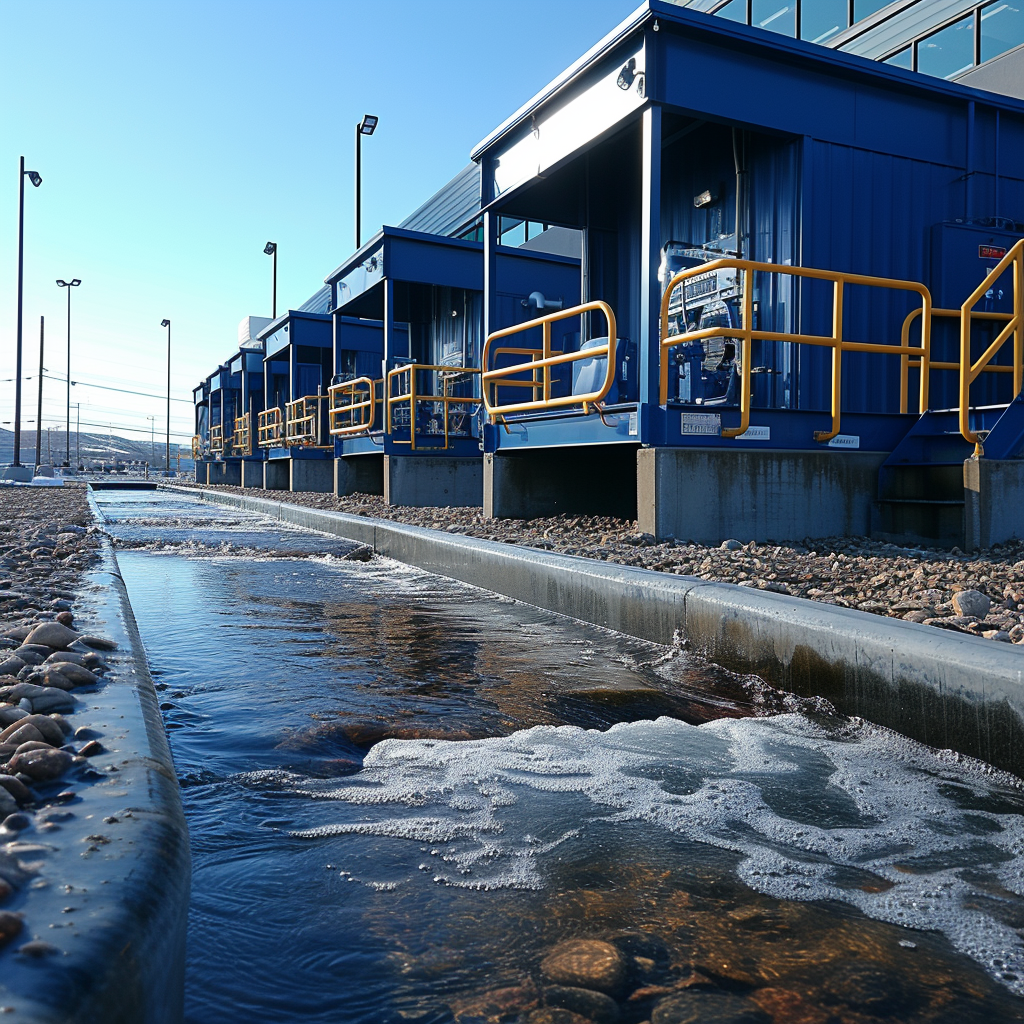
Now for those seeking a bit more oomph in their wastewater management, advanced treatment systems step up to the plate. They take things further than basic septic tanks by adding extra processes that refine the treatment, such as reducing pathogens or nitrogen levels.
Septic Tanks: Solids Settling and Anaerobic Digestion
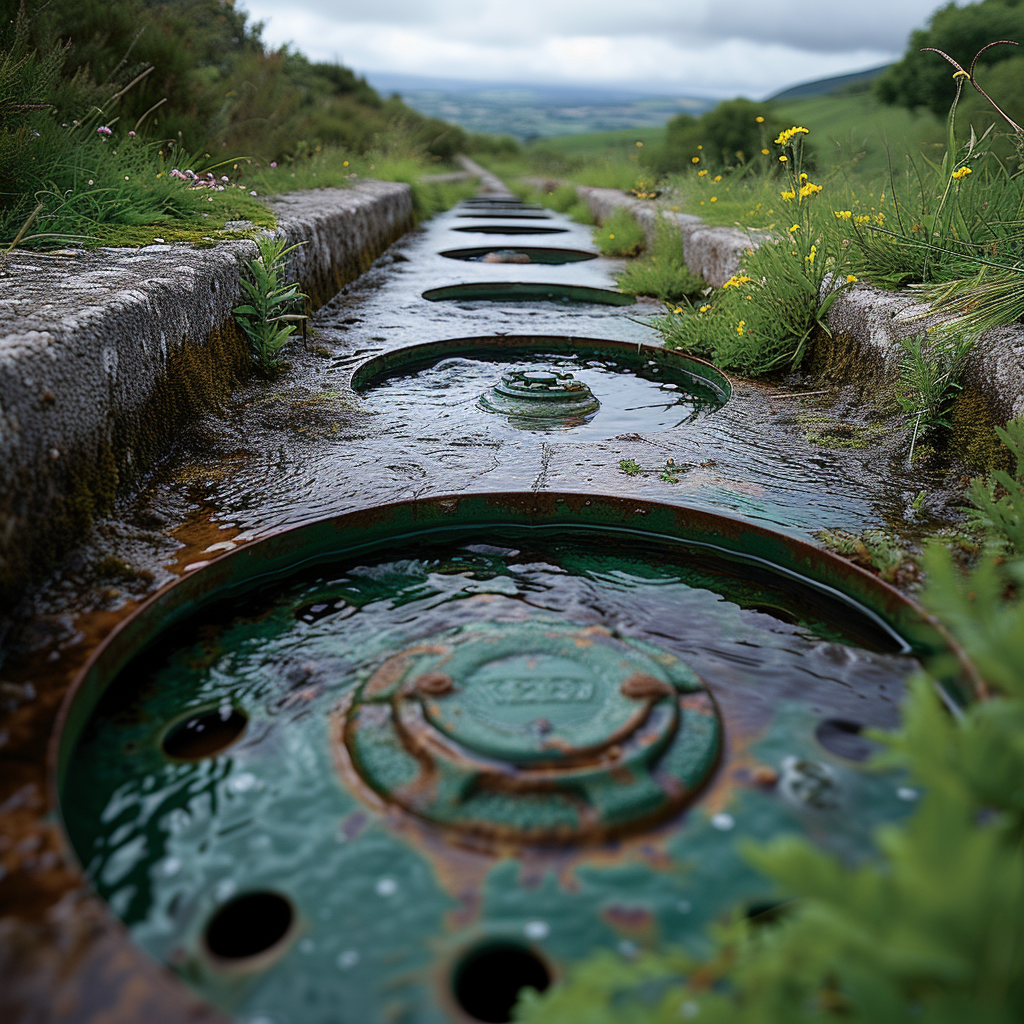
Digging deeper into septic tanks: they’re not just stagnant pools. These tanks create an environment where anaerobic digestion happens—microorganisms break down material without oxygen. It’s a natural process that helps reduce the volume of solids.
Soil Absorption Systems: Effluent Infiltration and Treatment
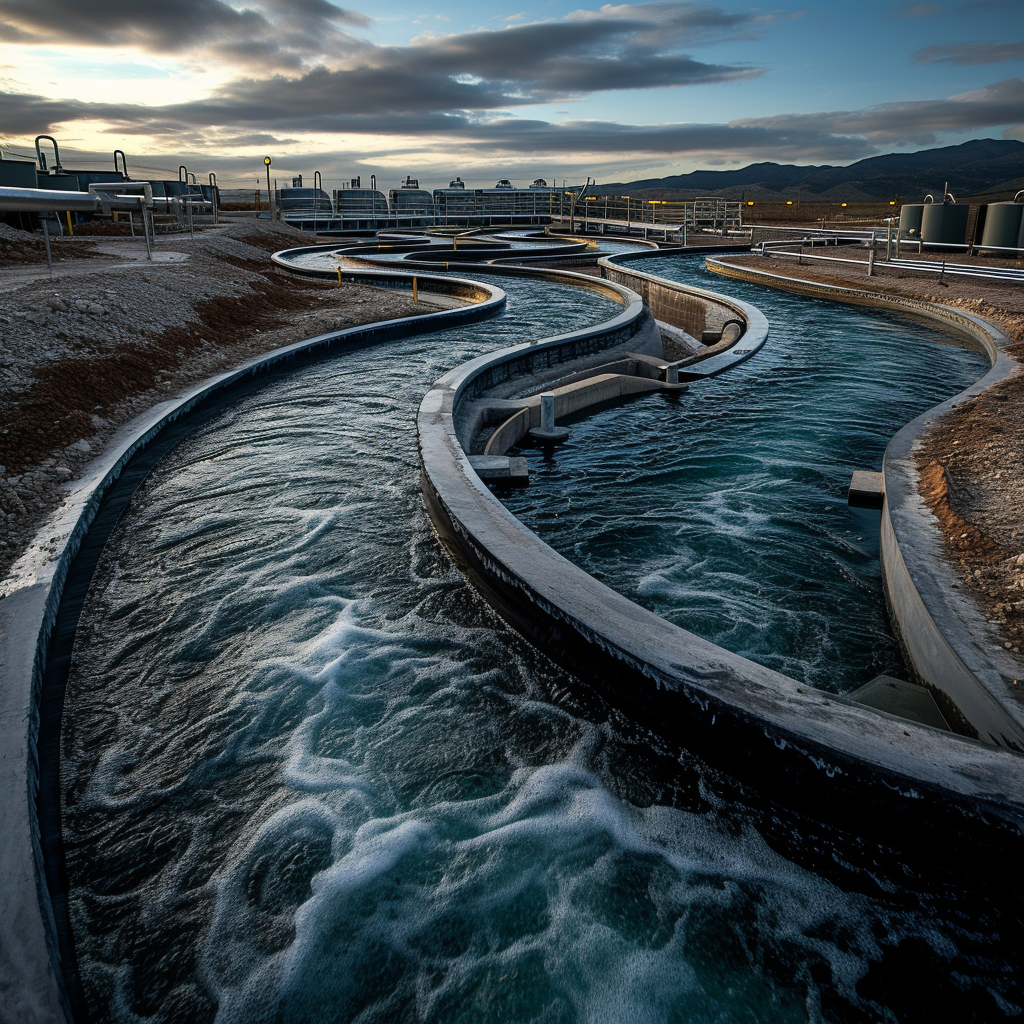
Behind every good septic system is a soil absorption system—the unsung hero where filtered effluent trickles down through layers of soil, picking up additional treatment from natural biological and chemical processes before returning safely back to nature.
Additional Components: Filters, Aerobic Treatment Units, and Disinfection
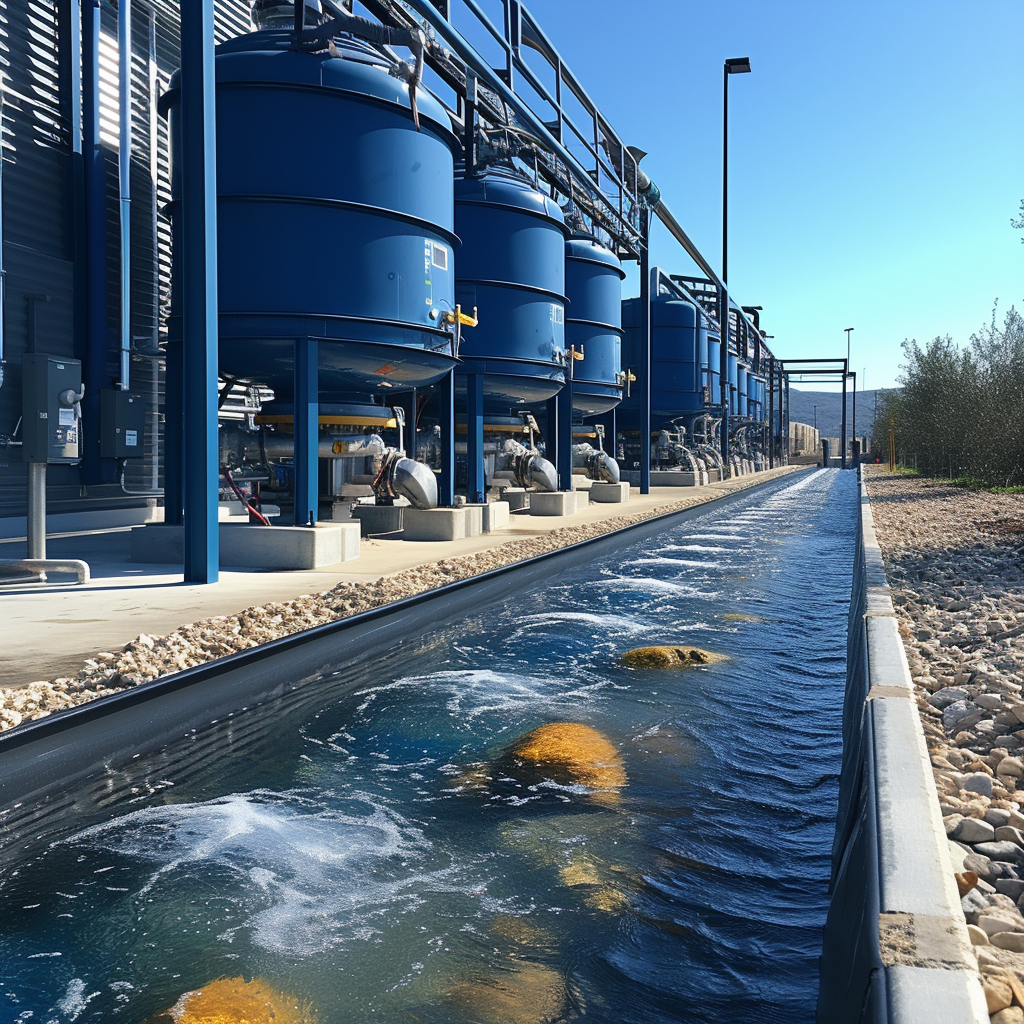
Sometimes you’ve gotta add some bells and whistles. OWTS might include filters to catch pesky particles, aerobic treatment units that invite oxygen-loving bacteria to the party for better breakdowns, and even disinfection methods to zap harmful germs before water is released.
Site Evaluation: Soil Characteristics and Percolation Tests
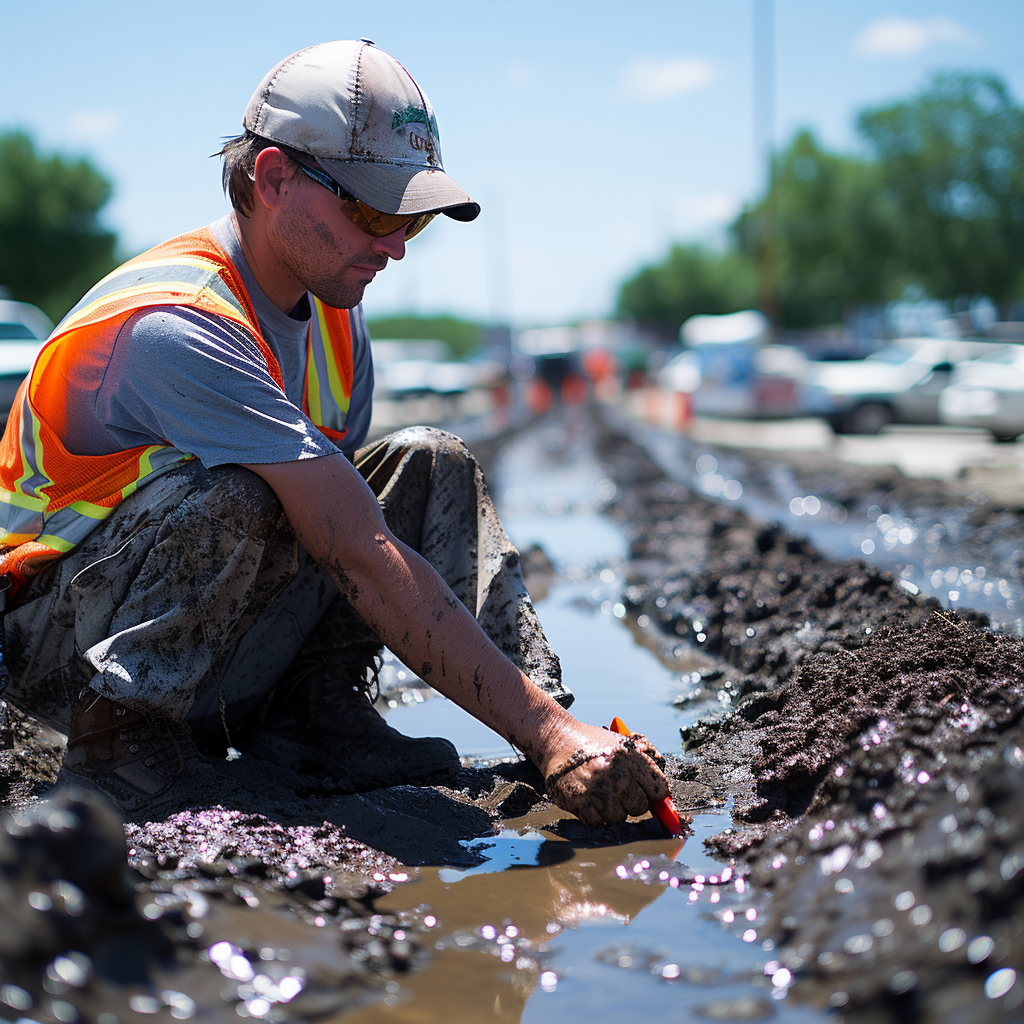
Picking the spot for an OWTS isn’t just eeny-meeny-miny-moe—it requires careful consideration of soil characteristics through percolation tests. These checks determine how quickly water can move through the soil, which is key for designing an effective system.
Hydraulic Loading Rates and System Sizing
The ‘how much’ question is answered with hydraulic loading rates when figuring out the right size for your OWTS. These rates help ensure your system can handle all your daily water usage needs without breaking a sweat—or leaking!
Regulatory and Environmental Constraints
Last but not least, don’t forget about red tape. Your OWTS has to meet regulatory standards to protect public health and Mother Nature. Rules can vary by location, so you’ll need to check local ordinances before getting your hands dirty.
It’s essential to keep in mind that each aspect of the OWTS should be selected and designed with care; it’s kind of like piecing together a puzzle where every piece is vital for the complete picture – a properly functioning wastewater treatment system that keeps both humans and habitat happy.
Sedimentation and Flotation in Septic Tanks
Let’s dive into what happens in your ordinary septic tank—out of sight, out of mind, right? Well, not quite. In these tanks, waste isn’t just hanging around; it’s undergoing a process called sedimentation. Heavy particles settle down to the bottom forming a layer known as sludge. Meanwhile, oils and grease float to the top like cream on milk, creating a separate layer called scum. It’s like a natural sorting hat for your wastewater!
Filtration through Soil and Media Filters
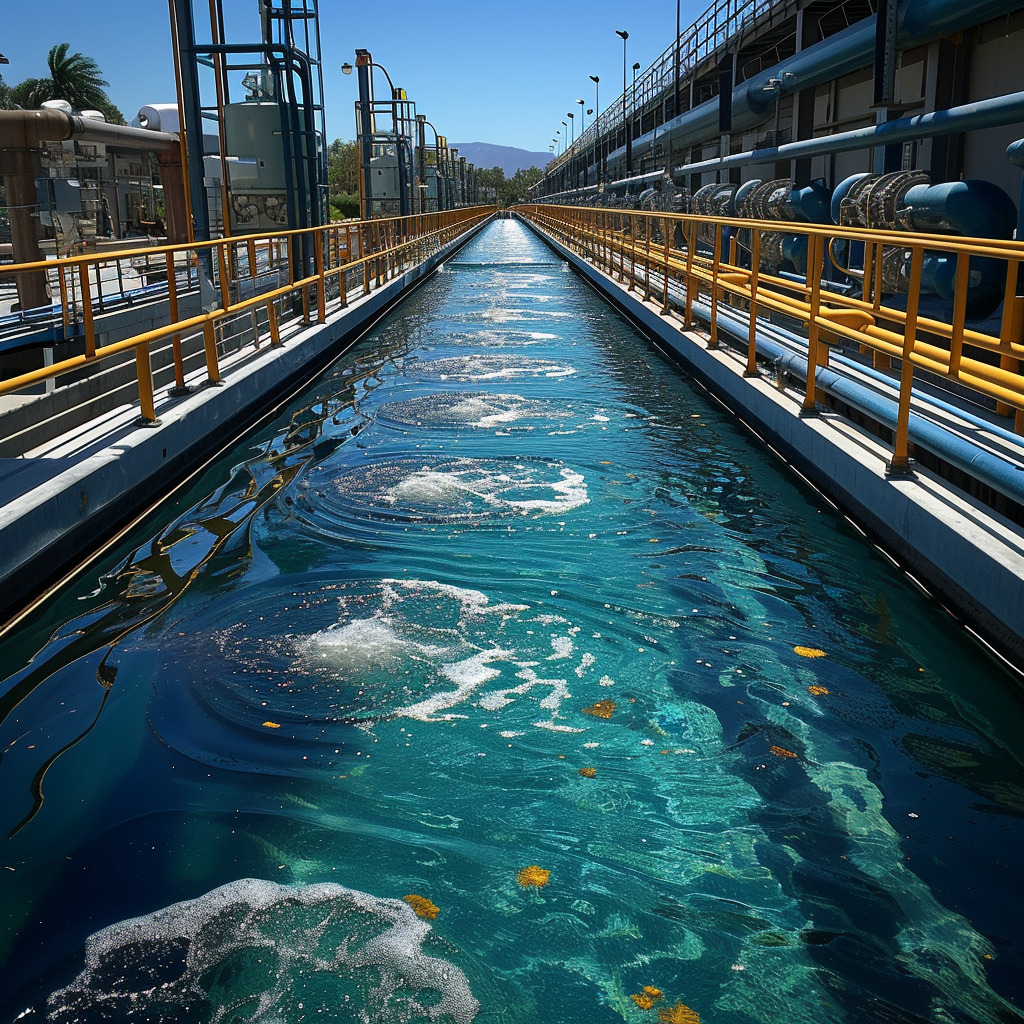
Moving on, we’ve got filtration – think of it as the bouncer at the club but for contaminants. Wastewater passes through either soil or engineered media filters where tiny particles are trapped. Consider this step as nature’s little way of polishing water before it rejoins the environment or gets reused.
Anaerobic Digestion in Septic Tanks
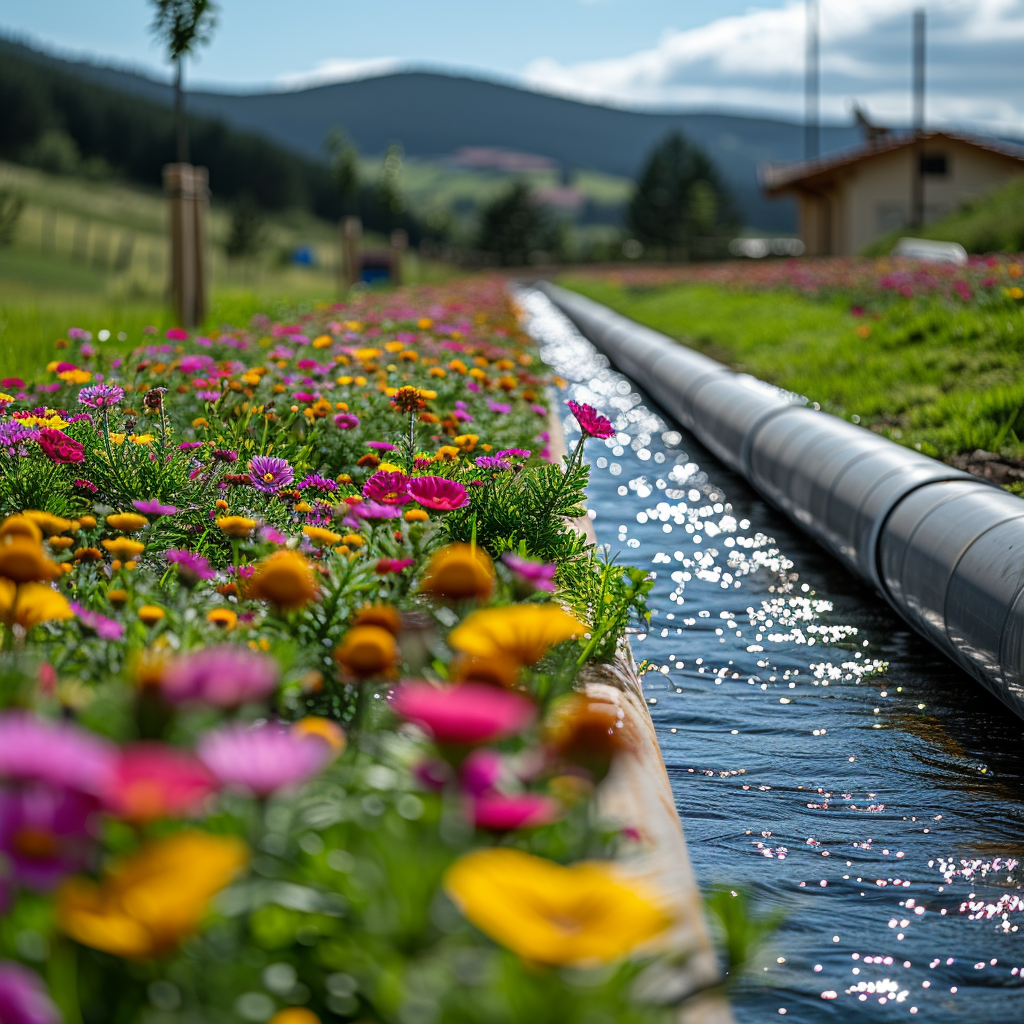
What’s happening behind those murky tank walls? Anaerobic digestion! Without oxygen in the mix, specific bacteria get to work breaking down the solids in sludge. It’s pretty much a microscopic dinner party – no air needed!
Aerobic Treatment in Advanced Systems
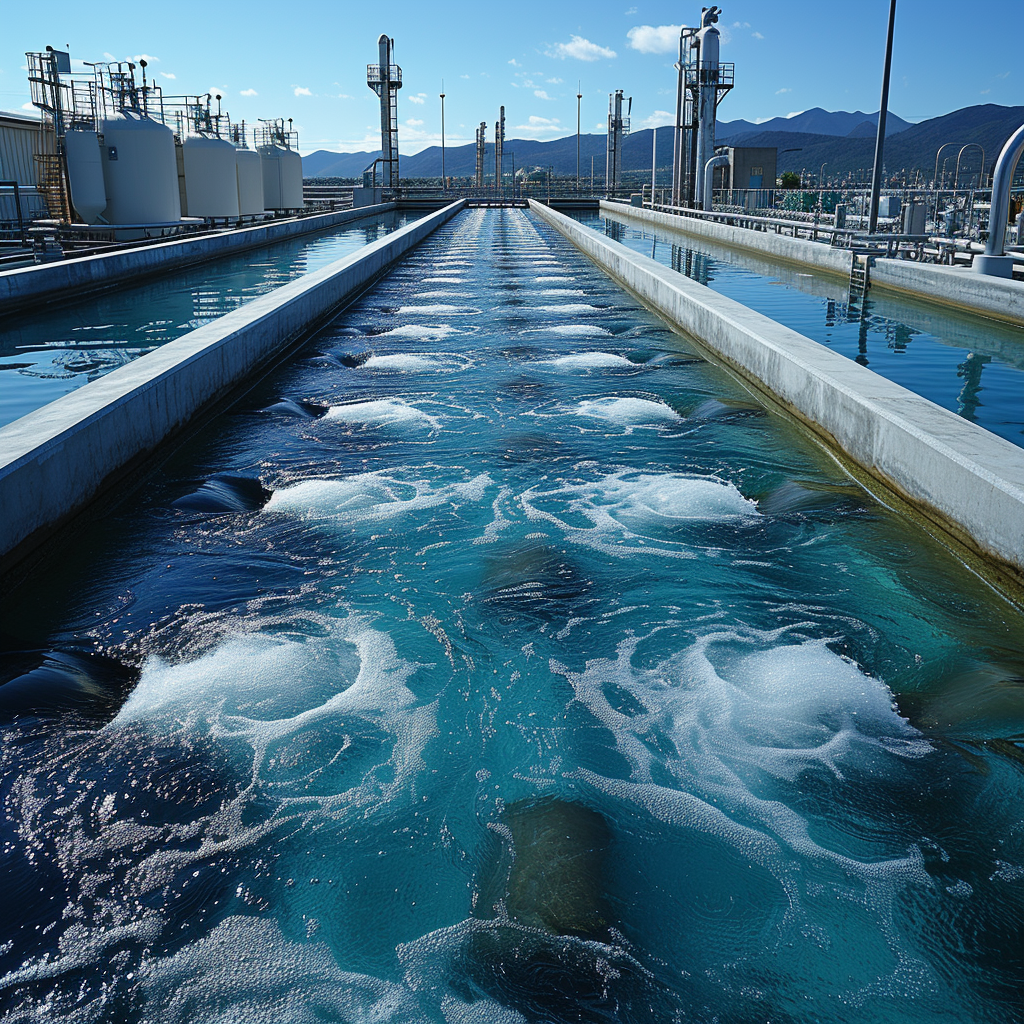
Now let’s talk about aerobic treatment – when oxygen joins the wastewater clean-up crew. This process introduces air into the system which makes bacteria more efficient at breaking down waste. Picture it as giving those microbes a breath of fresh air so they can work harder and faster.
Nutrient Removal Capabilities and Limitations
Nutrients smack dab in our water can cause quite the environmental headache. On-site systems can show these nutrients the exit, but there’s a catch — the performance varies with different systems. It’s a bit hit-or-miss concerning how well nitrogen or phosphorus is removed.
Disinfection Methods (Chlorination, UV)
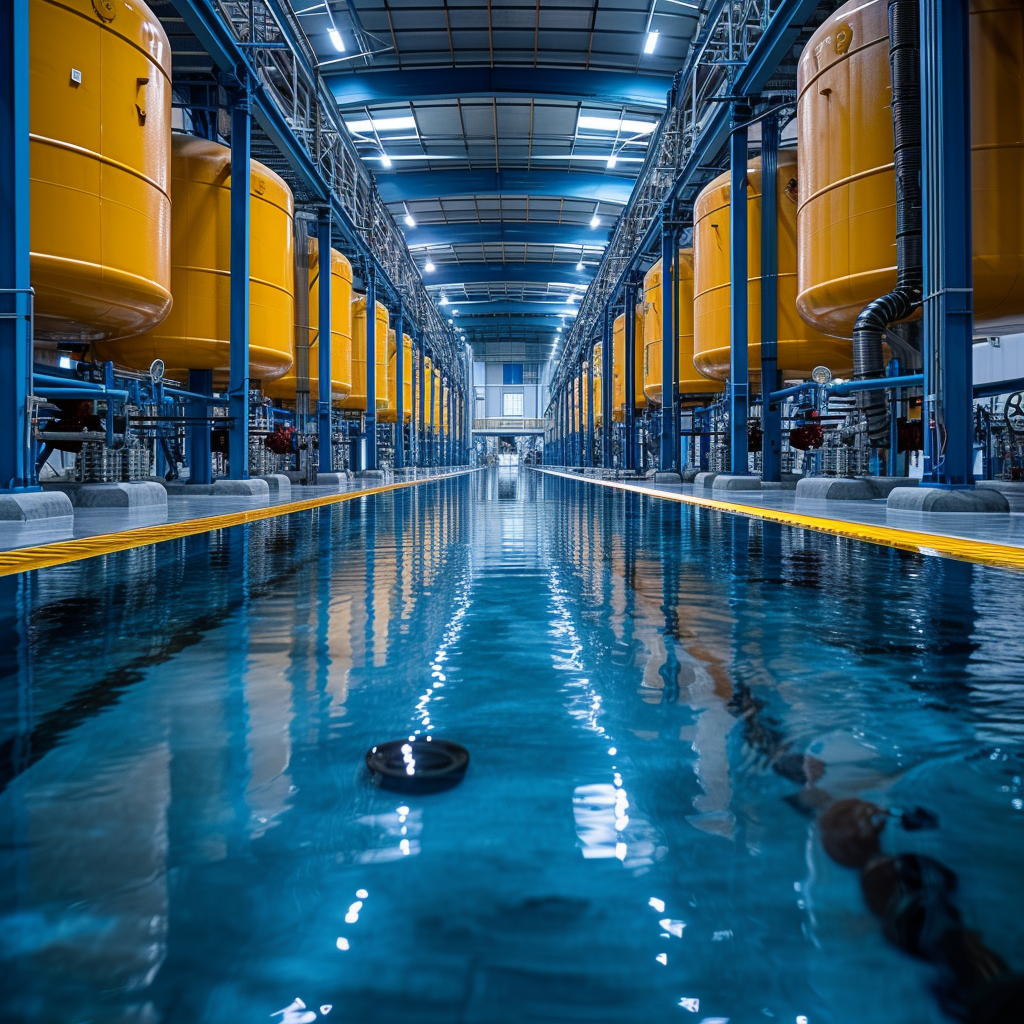
Last but not least, disinfection – because nobody likes germs in their water. Chlorine does a stellar job killing off pathogens, while UV light gives them an ultraviolet knockout punch. Each has its pros and cons; it’s more than just splish-splashing around some bleach or flipping on a light.
Chemical Precipitation and pH Adjustment

In some cases, calling all chemists: we need chemical precipitation! Adding certain chemicals makes unwanted elements clump together and then poof—they settle out of the water like magic. On top of that, dancing on the pH scale helps achieve the perfect balance—not too acidic, not too alkaline—just right for safer discharge.
Keep in mind that our focus here has been to give you a gist without leaving any stones unturned regarding these vital on-site wastewater treatment processes!
Septic Tank Pumping and Inspection
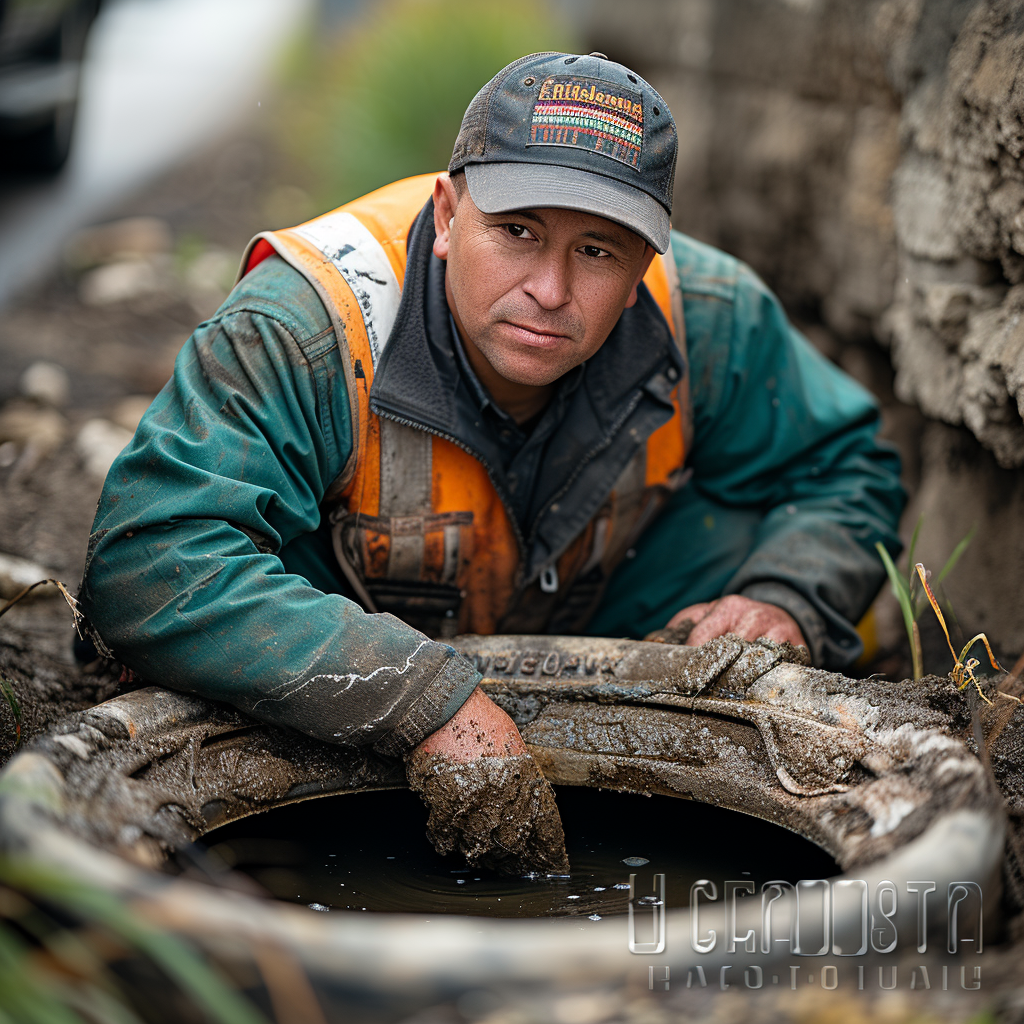
Maintaining a septic system is not rocket science, but it certainly requires regular attention. Pumping out the tank must be done every few years, depending on household size and usage patterns. It’s best not to wait until problems rear their ugly heads. Regular inspection goes hand in hand with pumping to catch issues early, ensuring everything’s hunky-dory below ground. A pro will peek at components for signs of wear or breaks, keeping costly disasters at bay.
Monitoring of Advanced Treatment Systems
Advanced treatment systems are a step up from your garden-variety septic setup. These high-tech alternatives need a watchful eye more often to make certain they’re performing as they should. With an array of monitors and alarms, these systems can tell when they need a bit of TLC, preventing bigger headaches down the line. They might come with a higher price tag upfront, but their efficiency and extra features could save money—and the environment—in the long run.
Hydraulic Overload and System Failures

It’s like stuffing too much bread into a toaster—overloading your system’s hydraulic capacity spells trouble. A deluge of water from heavy rainfall or overuse can flood the system, leading to backups or even failure. The trick is moderation; use water wisely to avoid overburdening the system. If you spot signs of struggle, such as slow drains or swampy leach fields, act swiftly before minor issues spiral out of control.
Biomass and Sludge Accumulation

A little sludge is normal; too much is asking for trouble. The gunk at the bottom of your tank isn’t just icky—it’s potentially problematic if left unchecked. Biomass builds up naturally, but let it get out of hand, and you’ve got a recipe for blockages and breakdowns. Strategic pumping is your best bet for keeping this beast in check so that your system keeps ticking without any hiccups.
Effluent Quality and Disposal Issues
The effluent—basically wastewater’s version of leftovers after initial treatment—should be clean enough to release back into nature without raising red flags. But when things go awry, whether due to poor maintenance or unexpected mishaps, that effluent can become an environmental faux pas. Keeping tabs on quality through regular tests helps nip potential disposal issues in the bud.
Best Practices for Ensuring System Longevity
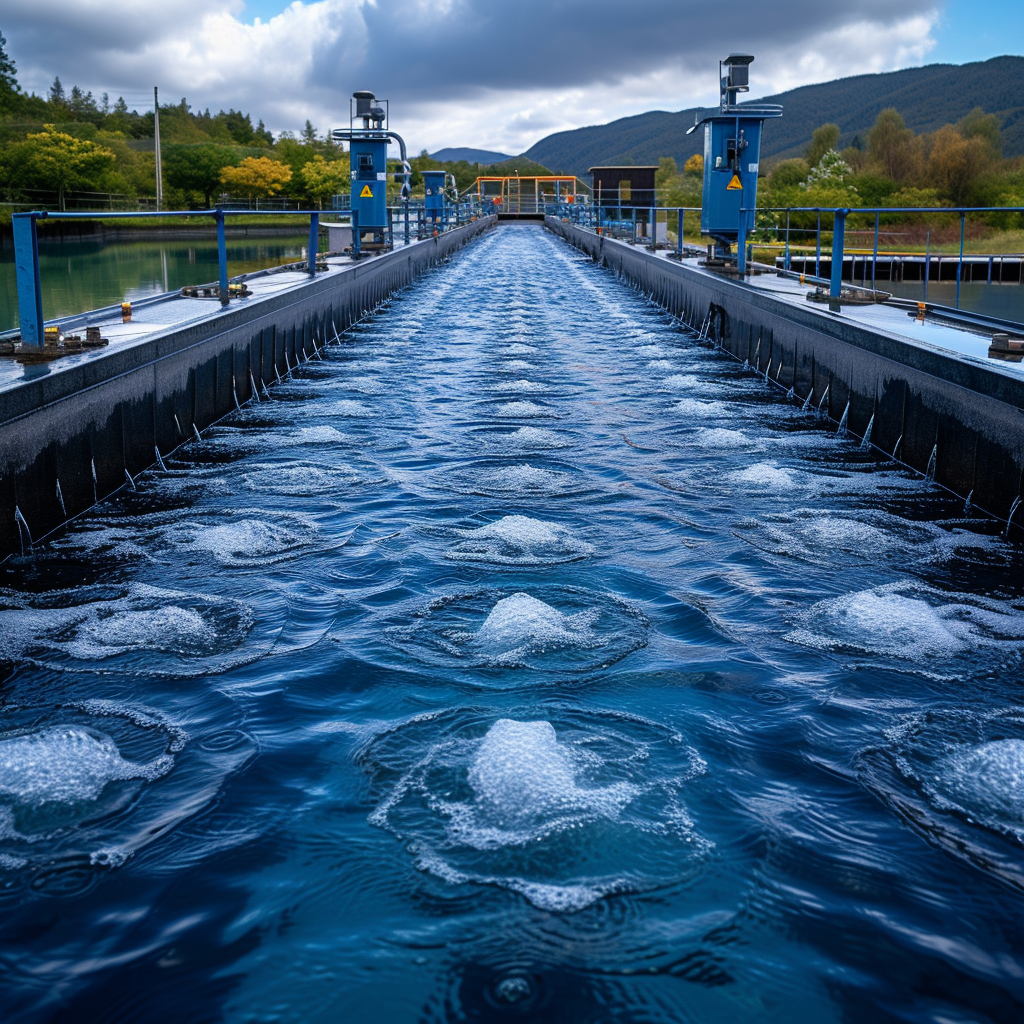
If you want your system to last longer than a mayfly’s lifespan, stick to the straight and narrow with these tips:
- Pump periodically: Out of sight shouldn’t mean out of mind when it comes to your septic tank.
- Inspect often: Keep an eye out like a hawk for any oddities—early detection means easier fixes.
- Moderate water use: Go easy on the tap to keep hydraulic loads within limits.
- Beware what you flush: Treat your toilet like a toilet, not a trash can—it’ll thank you by lasting longer.
Performance Monitoring and Improvement Strategies
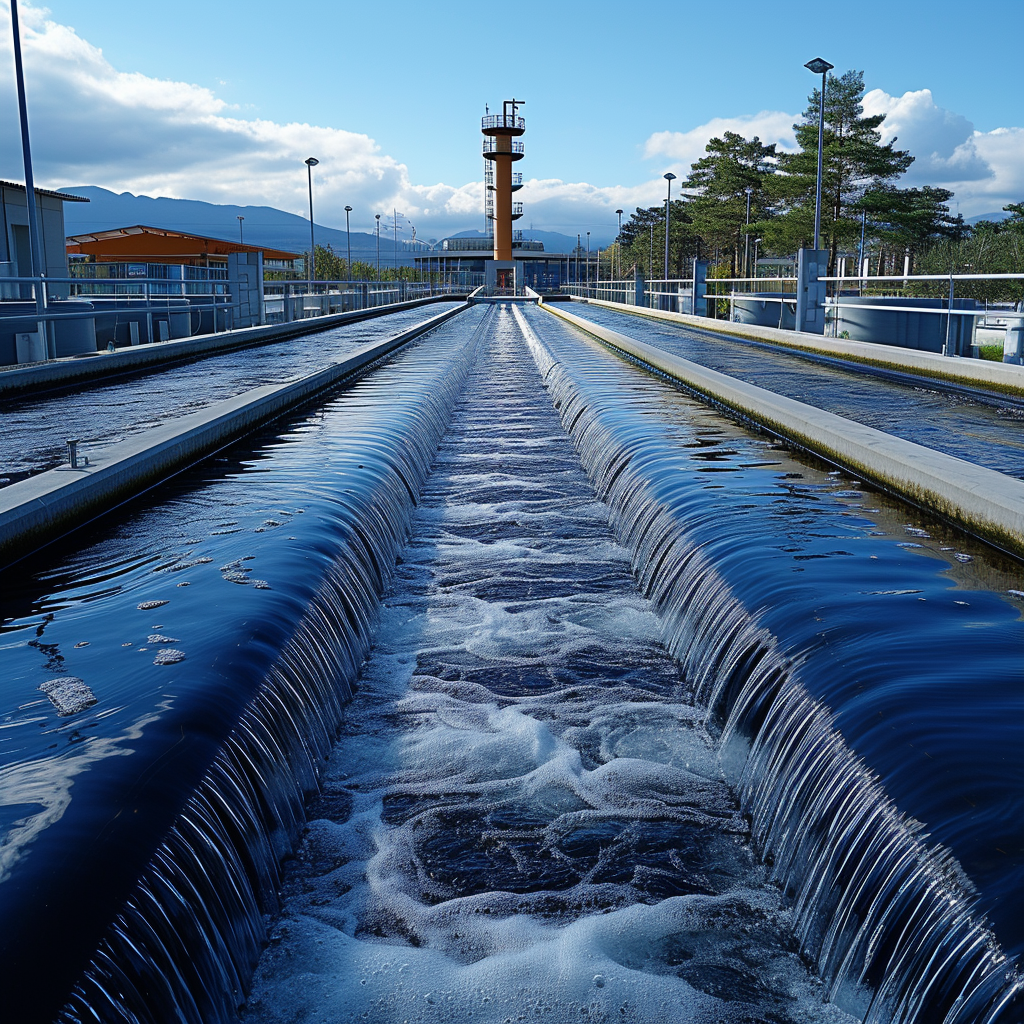
To stay ahead of the curve with your system’s performance:
- Use telemetry: Dashboards and data can be powerful pals in predicting problems before they pester.
- Schedule maintenance: We’re talking routine servicing here—the ‘stitch in time saves nine’ sort
- Fine-tune operations: Sometimes small adjustments can lead to leaps in efficiency.
- Educate everyone involved: A well-informed household is a systemic safeguard all by itself.
Tweaking habits and staying informed empower you to boost effectiveness and dodge dodgy downtimes.
Stepping out of the box, innovative and alternative on-site technologies are making waves in wastewater management. These systems offer tailored solutions for areas where traditional sewer systems might not be feasible or economical.
Membrane Bioreactors (MBRs)
Membrane bioreactors, or MBRs for short, are a cutting-edge fusion of conventional biological treatment methods and membrane filtration. This dynamic duo teams up to produce high-quality effluent that’s typically fit enough for reuse—talk about a win-win! Here’s the neat thing: the membranes do a stellar job at keeping solids contained whilst allowing the clean water to pass right through.
Constructed Wetlands for Wastewater Treatment
Inspired by Mother Nature herself, constructed wetlands are quite literally “natural” marvels in wastewater treatment. Picture this: plants and media, like gravel or sand, set up in a way that imitates natural wetlands to purify the water. What makes them super cool is their low-tech vibe and ability to blend into the landscape while they quietly do their job.
Rainwater Harvesting Integration
Now let’s chat about rainwater harvesting. A bit of a throwback concept with a modern twist—it involves catching rain right as it falls from the sky. And instead of letting this resource go down the drain, it gets stored for later use such as irrigation or even flushing toilets. It’s all about working smarter not harder!
Nutrient Recovery and Composting Toilets
Moving onto nutrient recovery: this isn’t rocket science but man, it’s genius! We’re talking about snatching valuable nutrients like nitrogen and phosphorous straight outta wastewater before it escapes into the environment. Sounds neat? You bet! But wait, there’s more: composting toilets take resourcefulness up a notch. They turn our “business” into fertilizer without using a single drop of H2O—that’s eco-friendly innovation at its finest!
Sure thing, these technologies sound mighty impressive – but remember folks, nothing’s perfect. They may still come with challenges such as public perception or regulatory hurdles. Nevertheless, when it comes to treating wastewater efficiently in less traditional settings, these options are definitely worth a gander.
When it comes to safeguarding the well-being of the public, a robust regulatory framework is key. This includes laws and guidelines that ensure wastewater treatment processes meet certain health and environmental standards. Such frameworks not only look out for community health but also underpin the confidence in these systems.
Regulators set limits on pollutants to protect waterway users and prevent harm to aquatic ecosystems. They rely on science-based standards, such as those suggested by the Environmental Protection Agency (EPA) in the United States, which consider both direct and indirect exposure risks to people. Indeed, legal mandates provide a safety net, establishing clear parameters for municipalities and industries alike.
Permitting and Design Standards
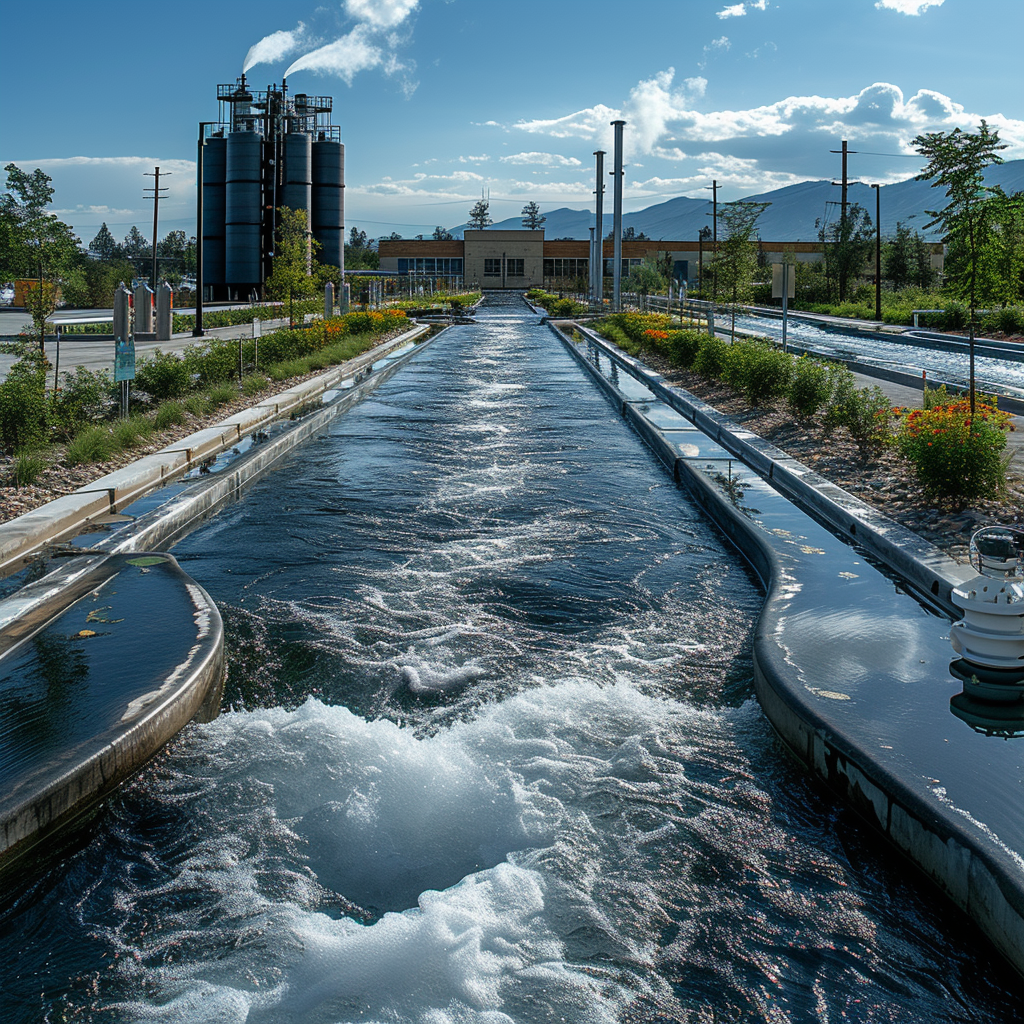
Permitting is more than just ticking off checkboxes; it’s a rigorous process ensuring plants are up to snuff with design standards before even breaking ground. Authorities meticulously scrutinize plans against stringent requirements, incorporating best practices for system capacity, technology usage, and operational efficiency. Getting the green light hinges on meeting these criteria; therefore, engineers heed these blueprints closely throughout construction and operations alike.
Inspection and Compliance Monitoring
Regular inspections are par for the course in maintaining compliance. It’s like that old adage: trust but verify. Monitoring programs routinely check-up on plants to assure adherence to permit terms. If non-compliance pops up, enforcement actions can follow suit—an essential mechanism in keeping plants toeing the line.
Pathogen Reduction and Safe Reuse
To secure safe reuse of wastewater, knocking out pathogens is mission-critical—literally a matter of life or death at times. Treatment methods span from traditional chlorine disinfection to advanced ultraviolet light processes slashing pathogen levels down to safer numbers. With the goals of reclamation in sight, treatment benchmarks must be met before wastewater can be deemed reusable for activities such as irrigation or industrial cooling.
Impact on Groundwater and Surface Water Quality

The ripple effect of wastewater treatment extends beyond plant walls—it reverberates through our natural resources too. Bear in mind, every drop returned to the environment might wind its way into aquifers or rivers; hence why treated effluent quality needs close monitoring.
Too high pollutant concentrations could stir up a whole host of issues, from algal blooms choking out marine life to compounds permeating drinking water sources—a scenario we’d all like to avoid.
In summing it all up, there’s no room for cutting corners when it’s about maintaining water quality through stringent regulatory frameworks & public health protections—not if we’re aiming for sustainability anyway!
From initial permits all the way through to ensuring pathogens don’t rain on our parade so we can safely reuse our precious water resources responsibly without bungling groundwater and surface water quality—an intricate dance balancing regulation, science & environmental stewardship.
In the realm of wastewater engineering, it’s crucial to not just discuss theory, but also take a peek at how things pan out in actual practice. Various case studies provide powerful insights into how wastewater treatment and reuse systems are brought to life across diverse residential and community settings.
These real-world applications cast light on the nitty-gritty details that gauges such as regulations, site-specific challenges, and how adaptations are made to meet different environmental conditions.
Residential and Community-Scale Examples
When we zoom in on smaller-scale operations like residential or community projects, there’s quite a variety to be found. These examples illustrate the adaptability of wastewater treatment practices tailored for specific local needs and constraints, often reflecting resourcefulness and innovation.
They offer a glimpse into both simple solutions for humble homesteads and more complex systems serving larger communities.
Adaptation to Varied Geographical and Climatic Conditions
The success of any wastewater treatment system hinges upon its ability to stick it out against the backdrop of geographical diversity and changing weather patterns.
Through case studies, one can realize just how these facilities morph their design features to tackle bone-chilling colds in one region or scorching heat in another, all while keeping their performance consistent.
Challenges and Solutions in On-Site Treatment
It ain’t always smooth sailing when dealing with on-site wastewater treatment systems. From space constraints that can tie you up in knots, to soil types that won’t play ball with your treatment processes – there’s quite a few curveballs that engineers might face. Rigorous documentation of these challenges alongside deployed solutions is priceless; it acts as a knowledge treasure trove that professionals can draw from when confronted with similar issues.
Frequently Asked Questions (FAQ)
How do Florida's OSTDS regulations influence septic system design and maintenance?
The Florida Department of Environmental Protection along with the county health department offices oversee the specific regulations that impact the design, construction, and maintenance of septic systems. These rules ensure that individual wastewater disposal systems effectively treat sewage to protect ground water from contaminants like pathogens, safeguarding public health and the environment.
What percentage of Florida's population relies on septic tanks for wastewater disposal and what concerns does this pose?
Approximately 30% of Florida’s population depends on septic systems for wastewater disposal; an issue arises as these systems must be properly maintained to prevent pollutants like nitrogen from infiltrating into the ground and potentially impacting drinking water sources.
In terms of operation, what role do microorganisms play within a residential septic tank?
Microorganisms within a septic tank break down solids, converting waste materials into simpler forms. This biological process is crucial for reducing concentrations of organic matter and pathogens before the effluent flows to the leachfield for further treatment by soil-based filtration.
Can you detail how factors like soil type affect the choice of wastewater systems in various parts of Florida?
Soils in Florida vary widely in their ability to filter wastes; for instance, sandy soils may require different system designs, such as mound or at-grade systems, compared to areas with clay-heavy soils. The county health department often requires site-specific percolation tests to determine the best-suited wastewater system design.
Could you explain why regular inspection is mandatory for certain advanced on-site treatment systems (OSTDS) in Florida?
Florida Statutes mandate regular inspections for advanced OSTDS because they include more complex components such as pumps and electronic control panels that require routine checks to ensure proper function. Without frequent service provider visits, there’s a risk of system malfunction leading to environmental contamination.
What kind of setbacks might homeowners face if their property's OSTDS fails to meet the county health department standards?
If an OSTDS doesn’t comply with county regulations, homeowners may face significant fines or even be required to upgrade or replace their failing system at great expense. Additionally, improper functioning can lead to public health concerns due to potential groundwater pollution.
Why is it critical for individuals installing a new septic tank in Florida to choose among concrete, fiberglass, or polyethylene options?
Selecting the suitable material—be it concrete, fiberglass or polyethylene—for a septic tank is vital due to factors like local environmental conditions, soil characteristics and longevity requirements set forth by state guidelines. This choice ensures reliable operation and minimizes risks associated with leaks or damage.
As part of their operation and maintenance plan, how should a homeowner manage scum and sludge buildup in their septic tank?
Homeowners must pump their tanks regularly—at intervals suggested by their service provider—to remove accumulated scum and sludge layers. This prevents blockages in the dispersal system and maintains efficient treatment capacity while minimizing chances of backup or overflows.
What innovative wastewater systems are being employed in areas close to sensitive ecosystems in Florida?
90

I’m Tim Robberts, a seasoned wastewater treatment & septic system expert with over 40 years of experience in the field. My career began as a septic tank installer, and I quickly gained a reputation for my attention to detail and commitment to excellence. Over the years, I’ve honed my skills in designing, installing, and maintaining septic systems for residential and commercial properties.
